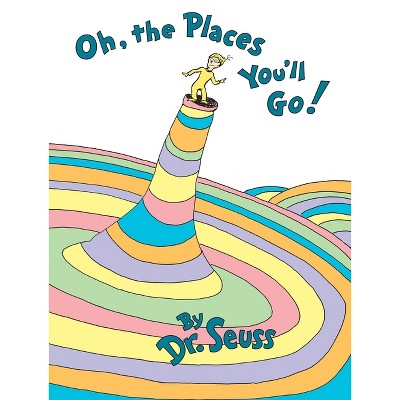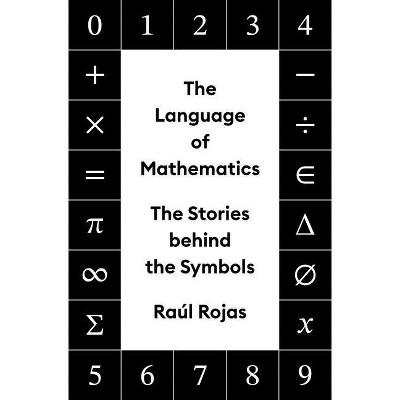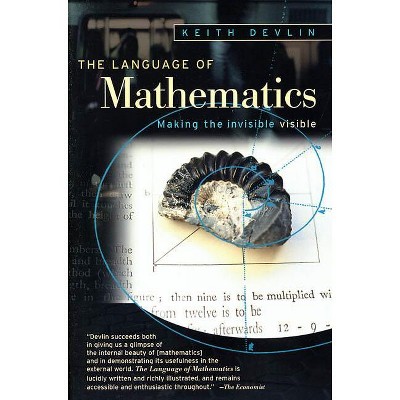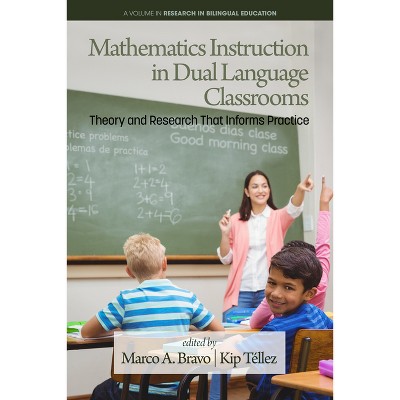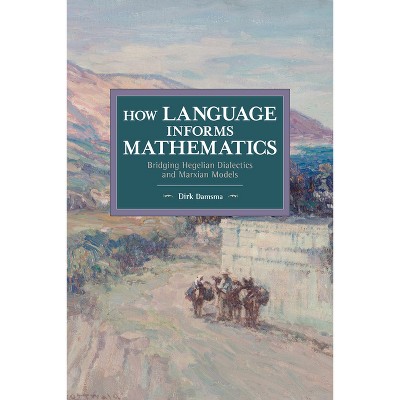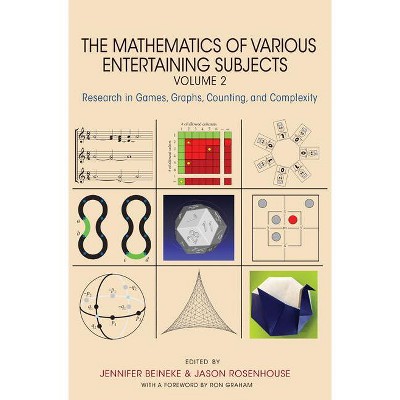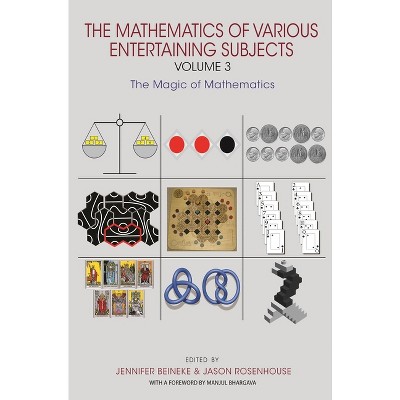About this item
Highlights
- A new and unique way of understanding the translation of concepts and natural language into mathematical expressions Transforming a body of text into corresponding mathematical expressions and models is traditionally viewed and taught as a mathematical problem; it is also a task that most find difficult.
- About the Author: ROBERT LAURENCE BABER is Professor Emeritus in the Department of Computing and Software at McMaster University, Canada.
- 448 Pages
- Mathematics, Recreations & Games
Description
About the Book
"The subject of this book is how to formulate a mathematical model from an English description of a problem. This book views mathematical notation as a language and develops the implications of this view for translating English text into mathematical expressions and mathematical models, i.e. for applying mathematics to problems described in English. In order to apply mathematics to a practical problem, one must first transform an English statement of the problem and the requirements for its solution into mathematical expressions. This book examines this process in detail, presents new insight into it, and develops explicit guidelines for this important step. This book identifies the basic elements (values, variables, and functions) of the language of mathematics and presents the grammatical rules for combining them into expressions and other structures. Different notational forms for expressions are described and defined. Correspondences between parts of speech and other grammatical elements in English and components of expressions in the language of mathematics are identified. These lead to useful guidelines for translating English into the language of mathematics. In addition, the book contains many examples of translating English into mathematics. The approach presented in this book makes mathematics accessible to many people who have been turned off from mathematics by their early exposure to it"--Book Synopsis
A new and unique way of understanding the translation of concepts and natural language into mathematical expressionsTransforming a body of text into corresponding mathematical expressions and models is traditionally viewed and taught as a mathematical problem; it is also a task that most find difficult. The Language of Mathematics: Utilizing Math in Practice reveals a new way to view this process--not as a mathematical problem, but as a translation, or language, problem. By presenting the language of mathematics explicitly and systematically, this book helps readers to learn mathematics¿and improve their ability to apply mathematics more efficiently and effectively to practical problems in their own work.
Using parts of speech to identify variables and functions in a mathematical model is a new approach, as is the insight that examining aspects of grammar is highly useful when formulating a corresponding mathematical model. This book identifies the basic elements of the language of mathematics, such as values, variables, and functions, while presenting the grammatical rules for combining them into expressions and other structures. The author describes and defines different notational forms for expressions, and also identifies the relationships between parts of speech and other grammatical elements in English and components of expressions in the language of mathematics. Extensive examples are used throughout that cover a wide range of real-world problems and feature diagrams and tables to facilitate understanding.
The Language of Mathematics is a thought-provoking book of interest for readers who would like to learn more about the linguistic nature and aspects of mathematical notation. The book also serves as a valuable supplement for engineers, technicians, managers, and consultants who would like to improve their ability to apply mathematics effectively, systematically, and efficiently to practical problems.
From the Back Cover
A new and unique way of understanding the translation of concepts and natural language into mathematical expressions
Transforming a body of text into corresponding mathematical expressions and models is traditionally viewed and taught as a mathematical problem; it is also a task that most find difficult. The Language of Mathematics: Utilizing Math in Practice reveals a new way to view this process--not as a mathematical problem, but as a translation, or language, problem. By presenting the language of mathematics explicitly and systematically, this book helps readers to learn mathematics?and improve their ability to apply mathematics more efficiently and effectively to practical problems in their own work.
Using parts of speech to identify variables and functions in a mathematical model is a new approach, as is the insight that examining aspects of grammar is highly useful when formulating a corresponding mathematical model. This book identifies the basic elements of the language of mathematics, such as values, variables, and functions, while presenting the grammatical rules for combining them into expressions and other structures. The author describes and defines different notational forms for expressions, and also identifies the relationships between parts of speech and other grammatical elements in English and components of expressions in the language of mathematics. Extensive examples are used throughout that cover a wide range of real-world problems and feature diagrams and tables to facilitate understanding.
The Language of Mathematics is a thought-provoking book of interest for readers who would like to learn more about the linguistic nature and aspects of mathematical notation. The book also serves as a valuable supplement for engineers, technicians, managers, and consultants who would like to improve their ability to apply mathematics effectively, systematically, and efficiently to practical problems.
Review Quotes
"This text presents a new and original point of view on mathematics that will be useful for simplifying applications of mathematics to practical problems by translating English statements of a problem into the Language of Mathematics. The reviewer shares the author's opinion that this book will improve and increase the reader's insight into mathematics and how to utilize it in practice." (Zentralblatt MATH, 2012)
About the Author
ROBERT LAURENCE BABER is Professor Emeritus in the Department of Computing and Software at McMaster University, Canada. A Fellow of the BCS, The Chartered Institute for IT, he has published numerous journal articles in his areas of research interest, which include mathematical modeling and the conception, planning, and design of computer-based systems for technical and business applications.




